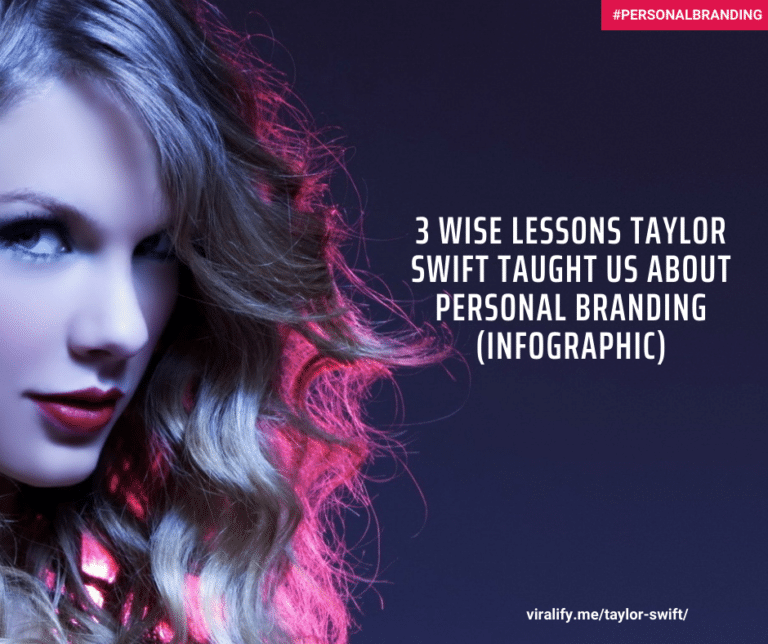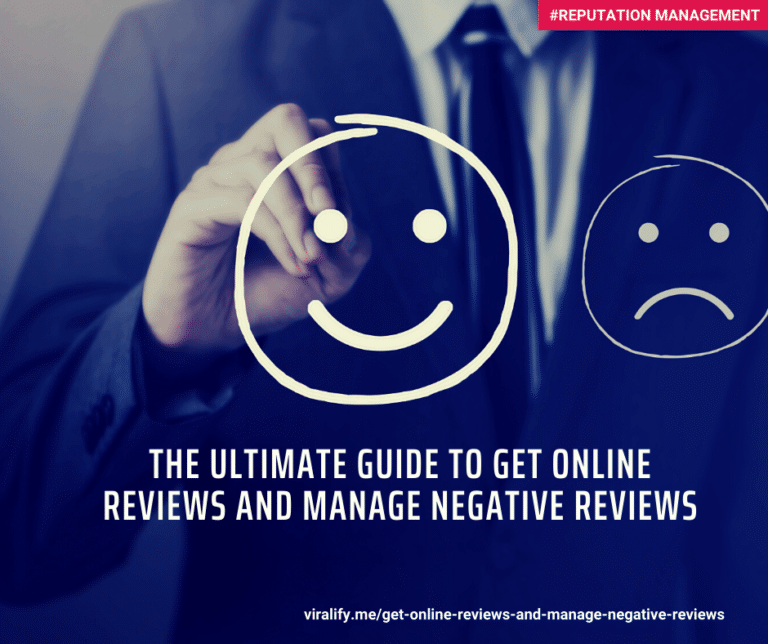Research shows that less than half of all forecasted opportunities will close. A recent survey by CSO Insights found that 23.6% of forecasted deals are typically lost to no decision and another 30% are lost to the competition.
The good news is that there is something sales managers can do to improve these statistics if they work more closely with salespeople to impact sales strategy and win rates early enough in the process. Organizations with consistent sales strategy and coaching practices experience 10-15% better win rates than those that don’t. But if coaching yields such big returns, why aren’t most sales managers doing it more often? It needs to be a habit, a discipline.
Flogging a forecast is driving in the rear-view mirror. By then, it’s too late. Sales managers who have a sales strategy and process for hiring, training and coaching a deal as it evolves position themselves and their reps for winning much earlier in the process – and they qualify out of bad deals earlier.
The closer you get to winning, the closer you also get to losing.
Most forecasting systems and sales strategy methodologies have a built in flaw that ignores three major forces in deal outcomes. If you rate each deal with a percentage based on which phase it is in or which activities have been done, you are planning for forecast failure.
Consider Reading
https://viralify.me2019/03/15/social-media-marketing-for-start-ups-tips-tricks/
This approach ignores the impact of competition, politics and source of urgency in the decision-making process that we call “the crucible.” It is often an emotional, dynamic committee decision that is beyond logic at this point. If you haven’t prepared for this early in the sales cycle, prepare to lose or win on luck. And we shouldn’t pay salespeople six figures for luck!
Sadly, ignoring the competition and politics in your complex sales strategy is where half the pipeline is lost. But how can managers coach salespeople to get through this process and choose the battles they can win?
More Than “How Much and When” – Why Managers Don’t Coach Enough
In our experience working with hundreds of sales organizations all over the world, many sales managers are great performers who were promoted to management. But what made them great salespeople doesn’t necessarily make them great sales managers.
In complex sales, the stakes are high and deals are complicated. Divided camps break out late in the game, issues change, deals stall, competitive counterattacks surface, and new players enter the picture. If you get bad news early enough, you can qualify out or change your sales strategy, but few salespeople have the critical information they need in time to make this decision unless they are prodded to by their manager in a deal strategy review.
The Top 12 Sales Strategy Mistakes Most Salespeople Make
In our experience, there are 12 common mistakes that most salespeople today make in their sales strategy resulting in wasted time and lost revenue:
Mistake #1: Blind Spots and Assumptions
Many salespeople don’t understand the strategic pains of the customer, the decision making process, or the root causes of the pains. They assume that because the customer is being nice to them that they must be the preferred vendor.
Mistake #2: Wrong People
Selling too low and talking to the wrong people in the sales process is another common sales strategy mistake. Salespeople tend to stay in their comfort zone and sell to those who are already sold rather than those who can really get the deal done. The key is figuring out whose votes you need and then getting them on your side early.
Mistake #3: Political Strategy
Each person on the buying committee has a different amount of power and plays a different role. Within their sales strategy, salespeople must identify key players and how they can influence their vote or live without it. The most effective tool in selling is a stakeholder analysis that identifies each stakeholder’s pain, power, preference, part and plan. If salespeople don’t have this level of information, they are watching what is happening – not making it happen.
Mistake #4: No Competitive Strategy
It is critical to anticipate, predict and be able to neutralize the competition. How do they plan to win? Who is helping them? What do they usually say about us? You must be able to differentiate yourself in a strategic manner and demonstrate how you solve their challenges better.
Mistake #5: Missed Losing Signals
There are many signals that indicate a deal is out of control – cancelled meetings, unreturned calls, new requirements late in the process, no access, etc. If salespeople can pick up on these signals fast enough, there is time to change the sales strategy. The earlier you realize a deal is out of control, the better chance there is of turning it around.
Mistake #6: Happy Ears
A positive mental attitude is an important quality of successful salespeople, but it can also cloud critical thinking and sales strategy. Sales managers have to ask critical questions and challenge assumptions to predict what could go wrong before it actually does. You don’t want bad news late in the game.
Mistake #7: Poor Team Leadership
Everyone who touches a deal should understand the politics and history of the deal and their individual role and action items. Salespeople must look at their job as a leadership position and it is the sales manager’s job to drill down and find out what is going on before it’s too late.
Mistake #8: Tactics Don’t Match Strategy
Often, salespeople do things in “reaction” mode or because someone asked them to when it does not contribute to a victory. Salespeople don’t get paid to be busy – they get paid to be effective. Matching your selling style to the individual personality style of the buyer results in better relationships, bonding and alignment overall.
Mistake #9: Poor Qualification
Many deals are over before they even begin because of a bad solution fit, bad cultural fit, or no source of urgency. How to effectively qualify deals will differ for each rep and company. Ultimately, it depends on your chance of winning, the resources it will take to “buy the next card,” and what else you have in your pipeline. Determining qualification criteria upfront takes emotion out of the equation, enabling salespeople to qualify out of bad deals and instead work on those they have a better chance of winning.
Mistake #10: No Deal Coaching or Strategy Reviews
Companies that do this well are simply more successful. Yet most sales managers claim they don’t have time to coach or don’t think coaching is their job. Instead, they spend their time propping-up weak salespeople, rescuing weak deals, or working on deals that are out of control rather than coaching deals before they become out of control. Having regularly scheduled sales strategy sessions with reps enables managers to help revise the strategy to ultimately win deals.
Mistake #11: No Closing Strategy
In this economy, it can take as long to navigate the approval process as it does the decision-making process. Procurement has become much more powerful and sometimes they are better at buying than salespeople are at selling. Salespeople must document their differentiators and update their stakeholder analysis on players that come in late including additional executives, IT, procurement, finance and legal. ROI alone won’t close the deal. Consider your sales strategy – your solution must have a political pain or gain for a powerful person who will push it across the CFO’s desk.
Mistake #12: No Plan B
When new information emerges, retest your sales strategy. Issues change and power struggles over priorities emerge the closer stakeholders get to making a decision. You should always have a Plan B (and C). If you try one sales strategy and it doesn’t work, there may not be time for a huddle. Flexibility and agility are critical.
What Good Coaches Do
Most sales managers claim they have no time to coach, but consider all of the deals you and your reps have worked on in which you came in second place. If you close 50% of your deals that means that 1,000 hours per year per rep is wasted. Zero revenue. Even if you close 75% of the forecast that means each rep is only wasting 500 hours per week. Why? They get outsold because they don’t have a winning strategy because they don’t take 30 minutes a week to plan their sales strategy with their manager. And sales strategy is much more than how much and when?
Often, if a sales manager had gotten involved in the first place, he or she could have helped the salesperson get in control earlier in the sales strategy. Those managers who make a conscientious effort to coach their teams on a consistent basis will get results and positively impact both revenue and turnover. A good coach can look at a deal objectively and provide the critical thinking necessary to improve the sales strategy.
Coaches can help salespeople pick winnable battles, and then provide the motivation, encouragement and confidence they need to close the deal.
Remember: second place pays zero. In your sales strategy, ask the tough questions and eventually, your reps will start asking them themselves. The consistency with which you do this is the key to competitive advantage.















